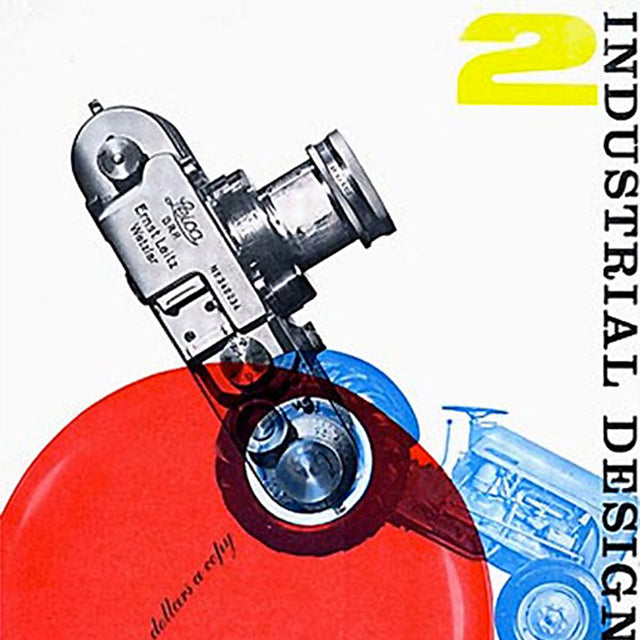Today’s book jacket designs featuring abstract ideas, minimal text, and realistic illustrations can be traced directly to American designer Alvin Lustig’s medium-breaking cover for the 1949 paperback Lorca: 3 Tragedies. This book was wrapped in a black and white montage of five symbolic photographs and would go on to change the American publishing industry. It was a huge departure from the norm as covers then were mostly decorative. Lustig’s jacket designs stepped into the marketing arena, through his use of abstractions and cleverly designed titles, since he refused to “design down” in order to gain sales. Although his cover designs would forever change how books are presented, Lustig considers those works a small portion of his portfolio. He was also an accomplished architect and interior designer.


Alvin Lustig was born in Denver, Colorado in 1915 to a family that he said had “absolutely no pretensions to culture.” They moved to Los Angeles during his early school years, where he became a terrible student, often skipping classes to perform magic shows at other nearby schools. Lustig was eventually introduced to modern art in high school thanks to an “enlightened teacher,” and it changed his life’s course. "This art hit a fresh eye, unencumbered by any ideas of what art was or should be, and found an immediate sympathetic response," he wrote in Personal Notes on Design.
Lustig began freelancing as a printer and typographer at the age of 21, and also experimented with abstract geometric designs. At 22, he shifted his focus exclusively onto design and joined The Los Angeles Society for Contemporary Designers (which also included Saul Bass), a group of artists who were frustrated with the lack of creativity exhibited by West Coast businesses.



The lack of design work in California forced Lustig to move to New York in 1944 where he became the visual research director of Look magazine’s design department. While designing promotional materials for Look, he also studied interior and industrial design. One of his most famous designs is the Lustig Chair, a high-backed upholstered chair that is still being reproduced and sold today. He took his newfound interior and industrial design skills and moved back to Los Angeles in 1946 to open a firm on the famous Sunset Strip that specialized in architectural, furniture, and fabric design.
While in California, he was commissioned to create interiors by some of the highest profile clients, like the Beverly Carlton Hotel, but the work was too sporadic to support his family, so in 1951, Lustig and his wife returned to New York. After a year, his East 58th Street office opened and took in clients like Alfred Knopf, Lansing Sound, and Meridian Books.


Lustig’s work spanned many areas and mediums, and he refused to be pigeonholed. "The words 'graphic designer,' 'architect,' or 'industrial designer' stick in my throat giving me a sense of limitation, of specialization within the specialty, or a relationship to society that is unsatisfactory and incomplete," he wrote in the September 1946 Interiors. "This inadequate set of terms to describe an active life reveals only partially the still undefined nature of a designer."
He had achieved so much in so little time, but as is the case with most masters, he was gone too soon. Lustig lost his sight at age 39 due to diabetes and passed away only a year later. In just half a lifetime, Alvin Lustig pioneered the role of design strategist—someone that can handle all of a client’s design needs, from business cards to office buildings. He leaves behind an equally significant legacy of graphic design and interior design.



Image Sources: articlesandtexticles.co.uk, cargocollective.com, cargocollective.com, cargocollective.com, cargocollective.com, designishistory.com, cargocollective.com, cooperhewitt.org, modavivendi.com, blogspot.com




















































